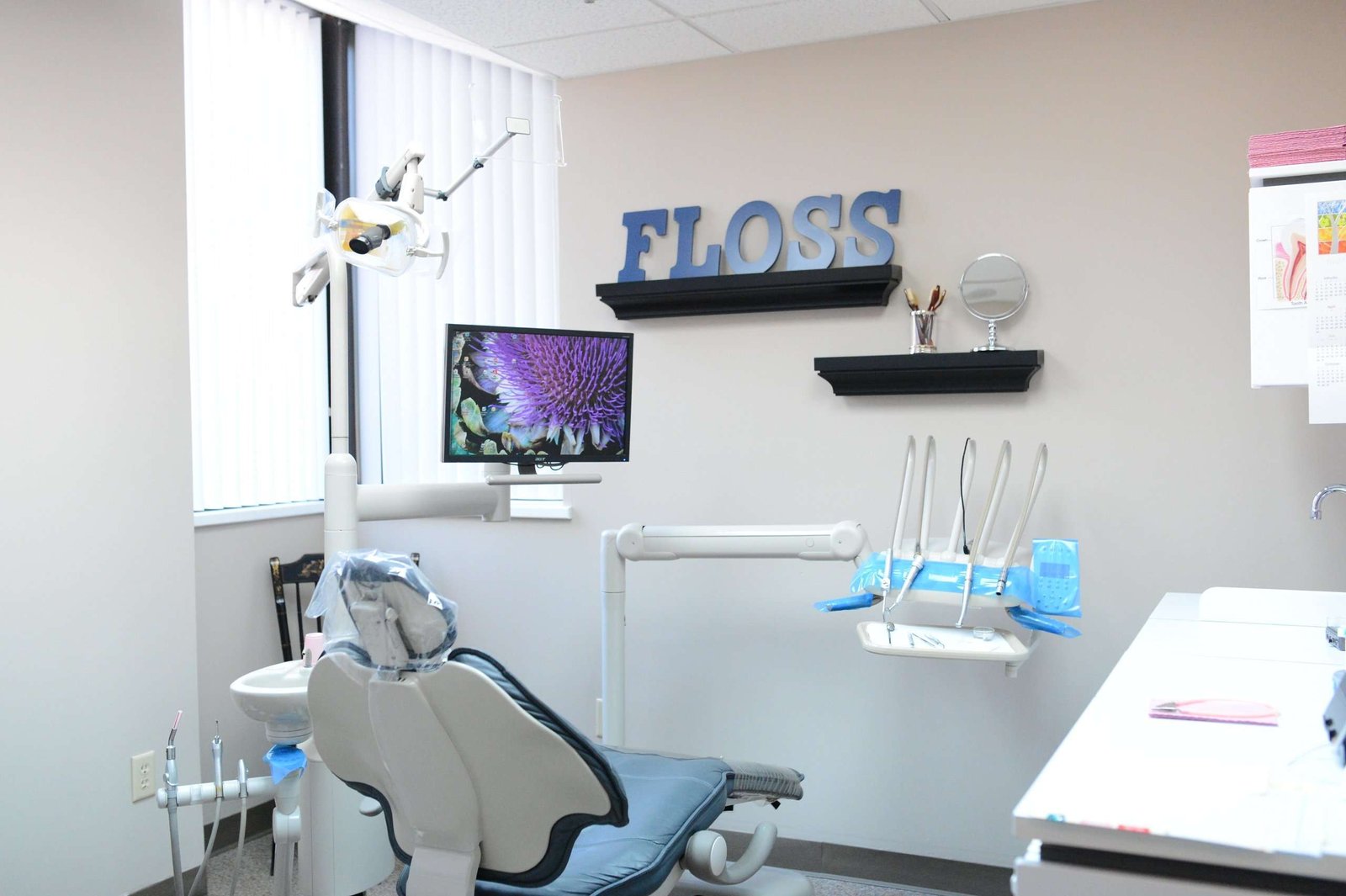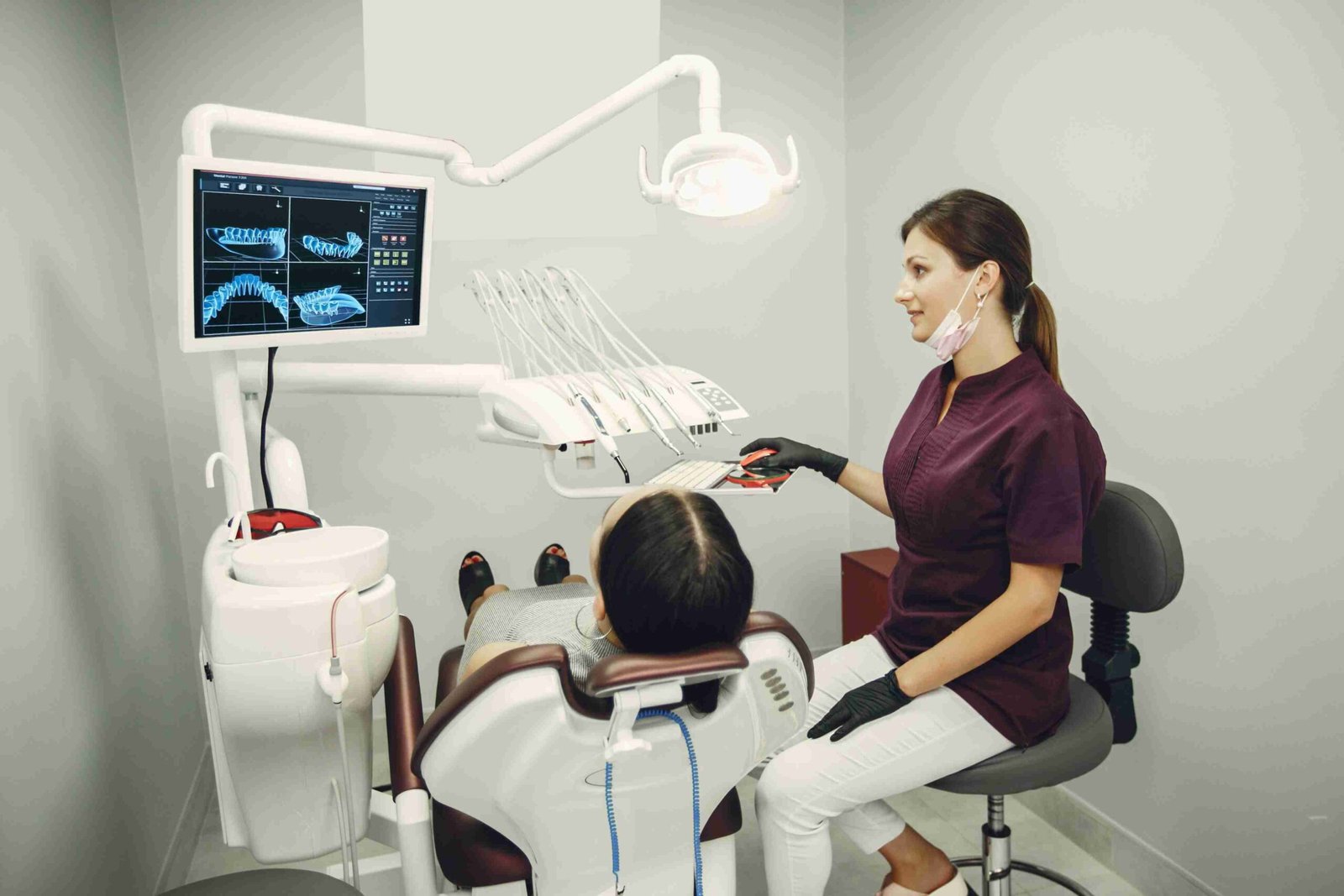Pain-Free Pulpectomy in Gachibowli
by Trusted Pediatric Dentists.
Expert pulpectomy treatment for children
at Arka Dental Care in Gachibowli. 100% Safe & stress-free.
Who Needs a Pulpectomy?
Pulpectomy, commonly known as baby tooth root canal, is a procedure used to treat and save infected or decayed primary teeth. It involves removing the infected pulp from the roots of a tooth and sealing it to prevent further infection. This treatment is crucial in preserving primary teeth until they naturally fall out, supporting proper chewing, speech, and alignment of permanent teeth. Our gentle, child-friendly dentists specialize in pulpectomy treatment for children, ensuring a pain free and comfortable experience in our Gachibowli clinic.
Your child may need a dental pulpectomy treatment if they’re showing any of these symptoms:
- Severe toothache or sensitivity, especially at night
- Visible tooth decay or darkened teeth
- Swelling or redness near the tooth or gums
- Gum abscess or pus near a milk tooth
- Trauma or injury to a primary tooth
- Complaints of pain while chewing or eating

Our Pulpectomy Procedure
Our Pulpectomy Procedure
Step 1: Scan & Diagnose
We spot the infection using precision digital imaging.
Step 2: Numb the Area
Child-safe anesthesia is used for a pain-free procedure.
Step 3: Remove Infected Pulp
Decay is cleared from root to crown for total infection control.
Step 4: Disinfect & Fill
Canals are cleaned and sealed with biocompatible material.
Step 5: Crown (If Needed)
A crown is added for strength, support, and safe chewing.
Why Everyone Trust Us
Done in 1 Visit
Quick and effective treatment without return hassles.
No Pain
Child-safe anesthesia ensures a comfortable experience.
Advanced Tools
Precision imaging and modern equipment for accuracy.
Expert Dentists
Specialized pediatric dentists with years of experiences.
Why Choose Us for Pulpectomy in Gachibowli?
Pediatric Expertise –
Decades of experience treating milk teeth with care and precision.

Pain-Free Approach –
Gentle techniques, child-safe anesthesia, zero trauma.

Modern Tools –
Digital X-rays, rotary instruments, and biocompatible materials.

Trusted by Parents –
Known as one of the best pulpectomy dentists in Hyderabad for a reason.

Hygienic Setup –
Sterile, kid-friendly environment designed for comfort.

